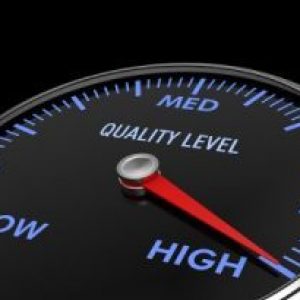
Resilient Leadership: Becoming the Best of the Best
Do you demonstrate resilient leadership? Let me ask you this: do setbacks give you an advantage? Leaders who have become the best of the best

Do you demonstrate resilient leadership? Let me ask you this: do setbacks give you an advantage? Leaders who have become the best of the best

Great leadership perception management assumes that no matter how clear you think you are as a leader, people don’t always perceive you the way you intend

Like most things, leadership questions start in childhood. There was a study done in the UK that shows 4-year-old girls ask their mothers an average

In the work I do coaching leaders, everyone purports to have high leadership trust with stakeholders. Surveys, however, show otherwise. (See my previous post here.)

As a leader, you need to imbue your words, actions and stories with passion and authenticity. Emotional expressiveness is a matter of choice of words.

In this series of posts on leadership communications, I’ve been sharing the seven power cues from author Nick Morgan in Power Cues: The Subtle Science

I’ve been reading and sharing about how leadership communication can create more powerful impact with people. In my last post, I shared the first two

Asking power questions may be the most important, yet least developed, skill for leadership success. In the work I do coaching executives, we discuss how

An organization’s health is only as sound as its leader’s decisions. Some companies prosper from wise leadership directions, while others struggle after flawed choices—choices that

How a leader responds to adversity reveals how effective that leader truly is. Reactions to setbacks or crises not only test leadership character but define

Business is an active, demanding endeavor. Only those who consistently apply themselves succeed. Organizations that thrive require leaders who actively dream, plan, engage, solve, pursue,

Surveys and studies indicate global job dissatisfaction is at a two-decade high. Disengaged employees account for nearly 70 percent of the workforce, which significantly affects







